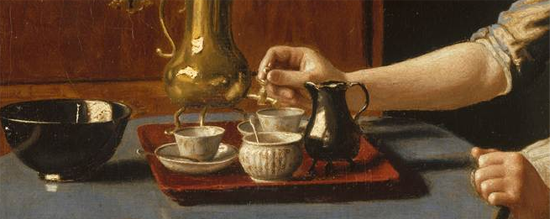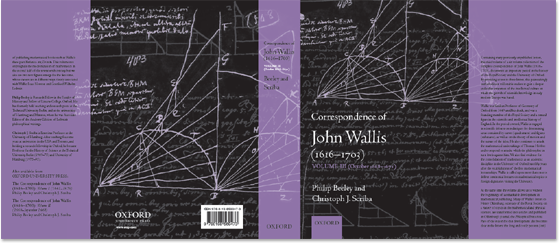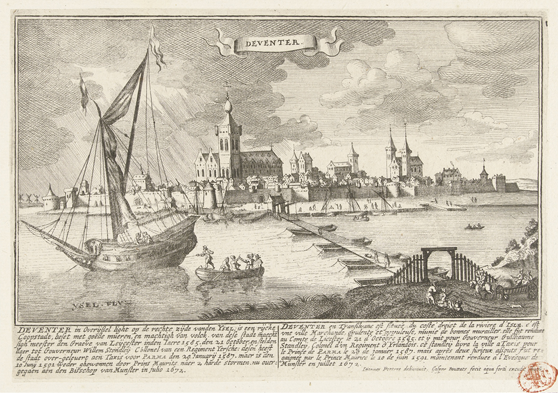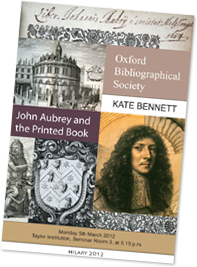Letters in Focus: Epistolary Chocoholics
Tags: Bodleian Resources, Chocolate, Food History, Hans Sloane, Letters in Focus, Union Catalogue
 Since its arrival from the New World and a serendipitous combination with milk and sugar the cacao bean has held European taste-buds in its thrall, and those who craved ‘a fix’ during the Lenten fast might empathise with Andreas Colvius who wrote to Isaac Vossius in 1643 with a request to salute the Spaniards and ‘ask for a description of chocolate’ together with ‘a capsule of it’.
Since its arrival from the New World and a serendipitous combination with milk and sugar the cacao bean has held European taste-buds in its thrall, and those who craved ‘a fix’ during the Lenten fast might empathise with Andreas Colvius who wrote to Isaac Vossius in 1643 with a request to salute the Spaniards and ‘ask for a description of chocolate’ together with ‘a capsule of it’.
A commodity from the outset – its shipment and delivery by carrier would have been awaited with impatience – and, as addictive then as now, chocolate was what Heinsius pleaded with Graevius to remember, and its price was of particular interest to the early modern consumer: in addition to an enclosed ‘packet of Chocolate’, in 1712 Sir Philip Sydenham considered it worth passing on to the master of University College, Arthur Charlett, that what he could buy in ‘Oxford for 4/-’ was ‘2/6 better’ in Bath.
Cherry-picking letters in EMLO as indolently as truffles, I’ve encountered a physician indulge his son as he slips treats into books and sends with pamphlets ‘three pounds of the best chocolate he ever made using double refined sugar’, and reading of the drink prescribed to Thomas Brett as part of a beneficial diet (‘chocolate, no tea, coffee is the devil’), and of Brett himself hoping to host Lady Cotton with the delicacy. The year before his death, Savilian professor of Astronomy Edward Bernard considered chocolate ‘with chicken broth’ (itself a well-known restorative) to be his ‘greatest diet’, whilst a doting niece sent a treat to her uncle Thomas Turner, president of Corpus Christi, Oxford, together with instructions to ‘make and flavour the drink’. Chocolate ‘without vanillias’ was dispatched in gratitude to botanist Richard Richardson, and Richardson penned a request that cocoa seeds be sought out in Jamaica and brought home.

It was the ubiquitous Hans Sloane who suggested the addition of milk (having considered chocolate too bitter when drunk, as in Jamaica, with water) and, convinced of its beneficial properties, promoted this practice back home. As a beverage, chocolate was swiftly normalised within metropolitan society and a range of consumer behaviours developed around the exotic new product. Individuals began to meet ‘over cups of chocolate’ and chocolate houses proliferated. One such establishment was ‘Mrs White’s’ (forerunner of the esteemed club) and Richard Rawlinson recorded its calamitous destruction by fire in a letter to Thomas Hearne. This fire, emanating from a room named ‘Hell’, burned with such ferocity that the licencee’s wife hurled herself through a window and, as Rawlinson notes, it destroyed a significant portion of Sir Andrew Fountain’s valuable art collection. A century after Sloane’s death, Cadbury Brothers chose to market Sir Hans Sloane’s Milk Chocolate with the following instructions: ‘one Ounce of Chocolate (which is two Squares) to a Pint of boiling Milk, or a pint of Milk and Water; add Sugar and milk as other Chocolate’. Today, I hope, like our early modern forebears, you will take a slab of best-quality chocolate and create a treat to revive purged palates, perhaps whilst savouring a rich assortment of early modern letters.
Letters in Focus with Miranda Lewis
Miranda is editing metadata from the Bodleian card catalogue of correspondence for our union catalogue, Early Modern Letters Online. On a regular basis, she brings us hand-picked and contextualised records.




 Much of the seventeenth century was blighted by conflict, and the Thirty Years’ War, which stretched the length and breadth of Europe, affected every aspect of life. The implications for educational institutions and resulting intellectual networks and traditions
Much of the seventeenth century was blighted by conflict, and the Thirty Years’ War, which stretched the length and breadth of Europe, affected every aspect of life. The implications for educational institutions and resulting intellectual networks and traditions  Our very own
Our very own 
 Join
Join 